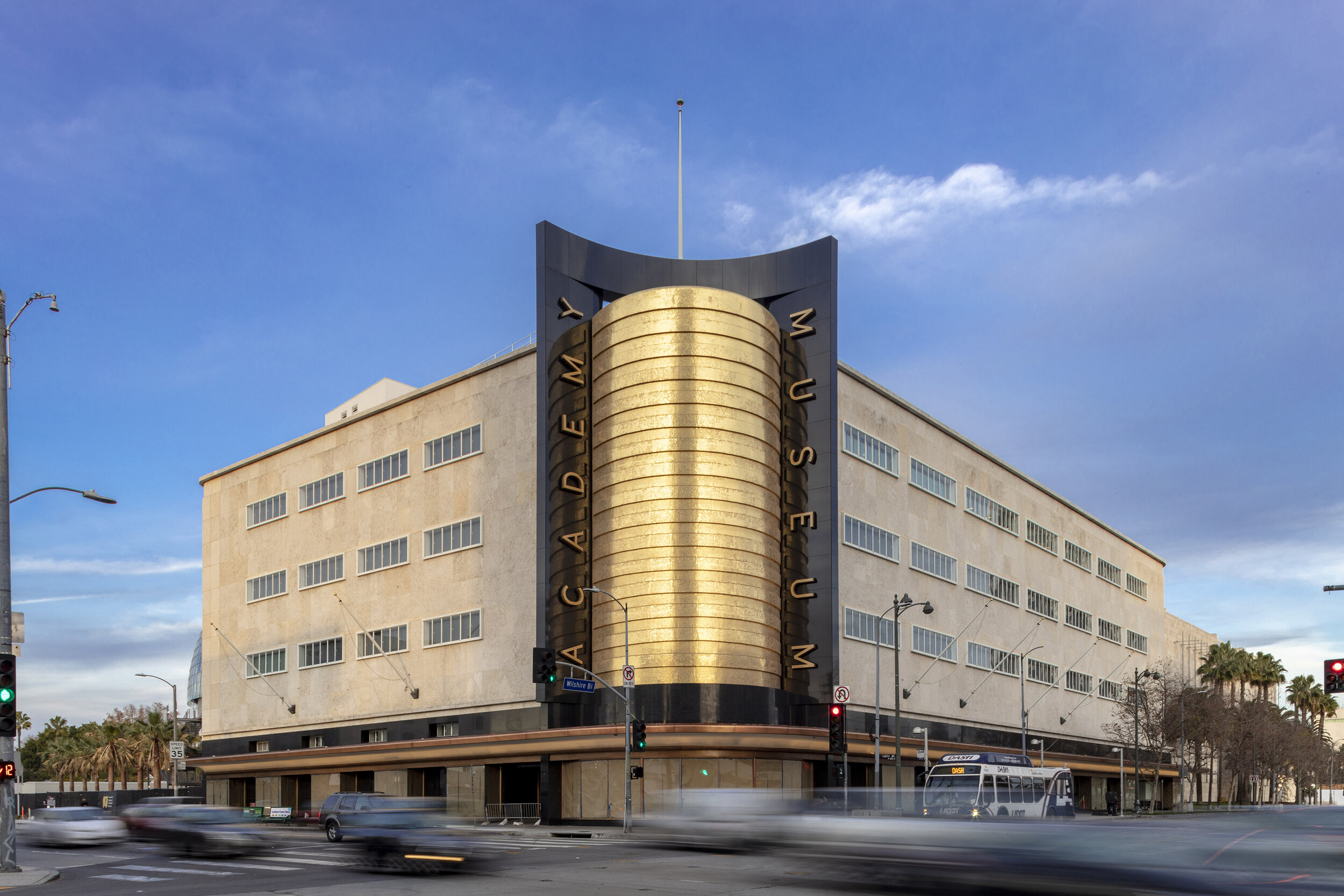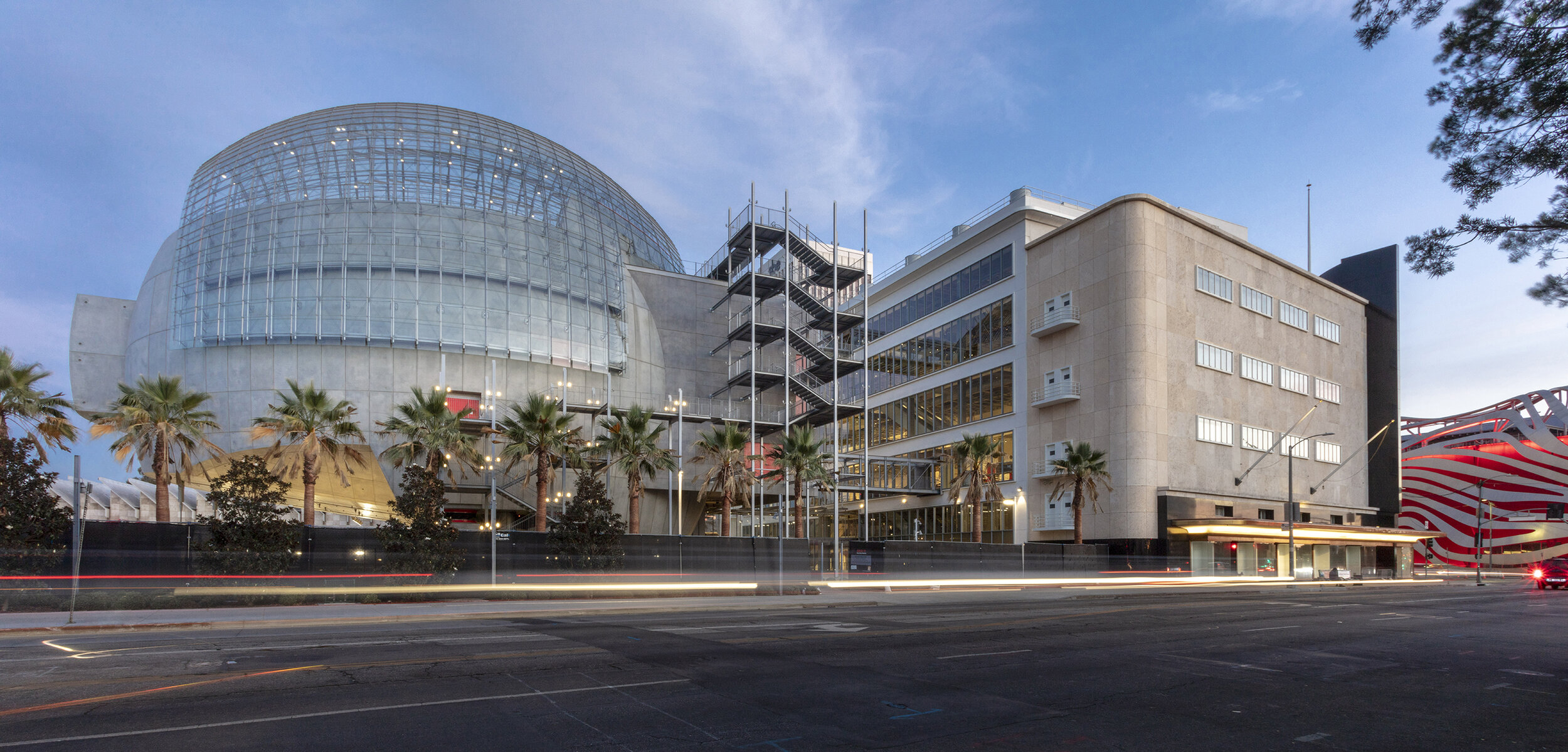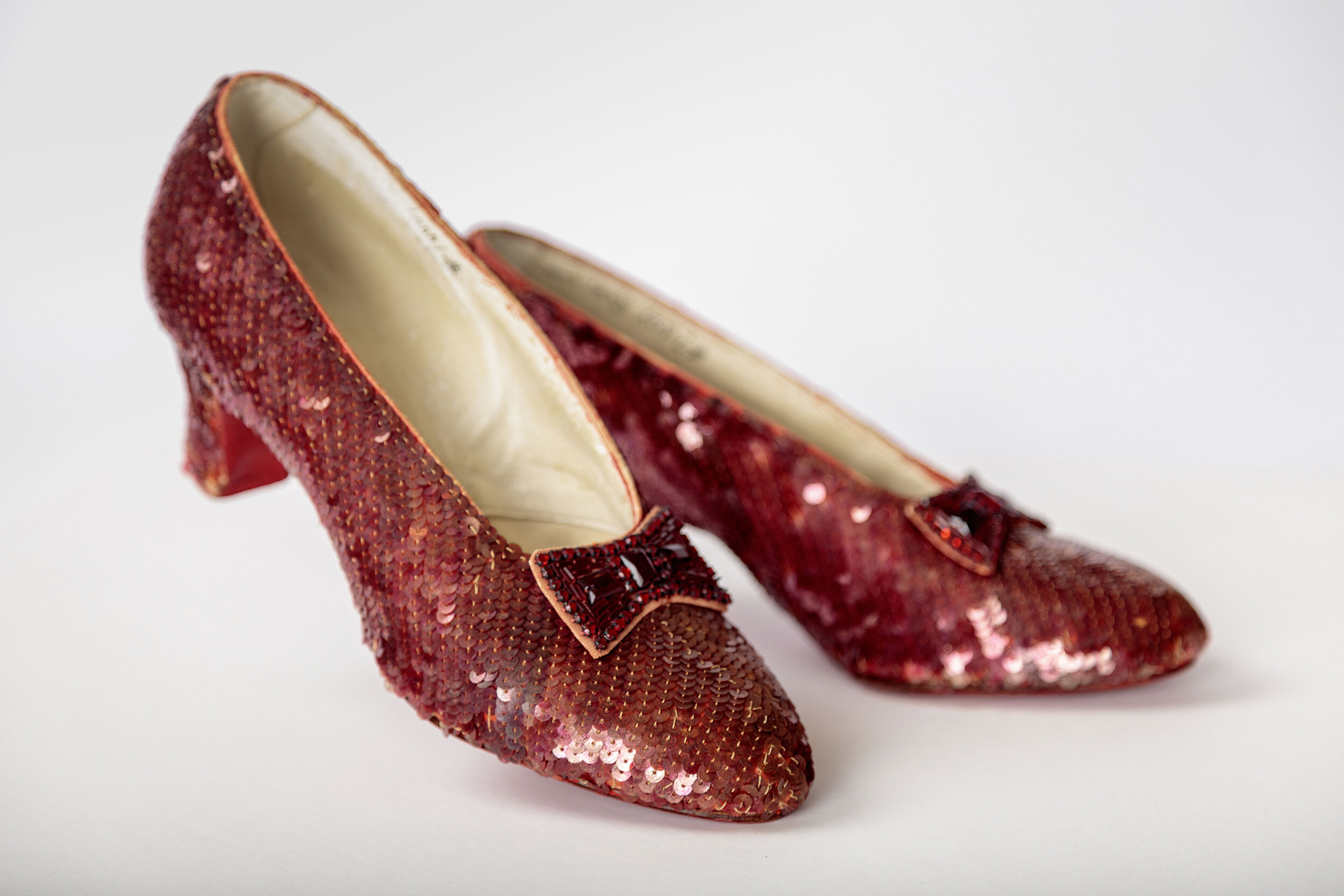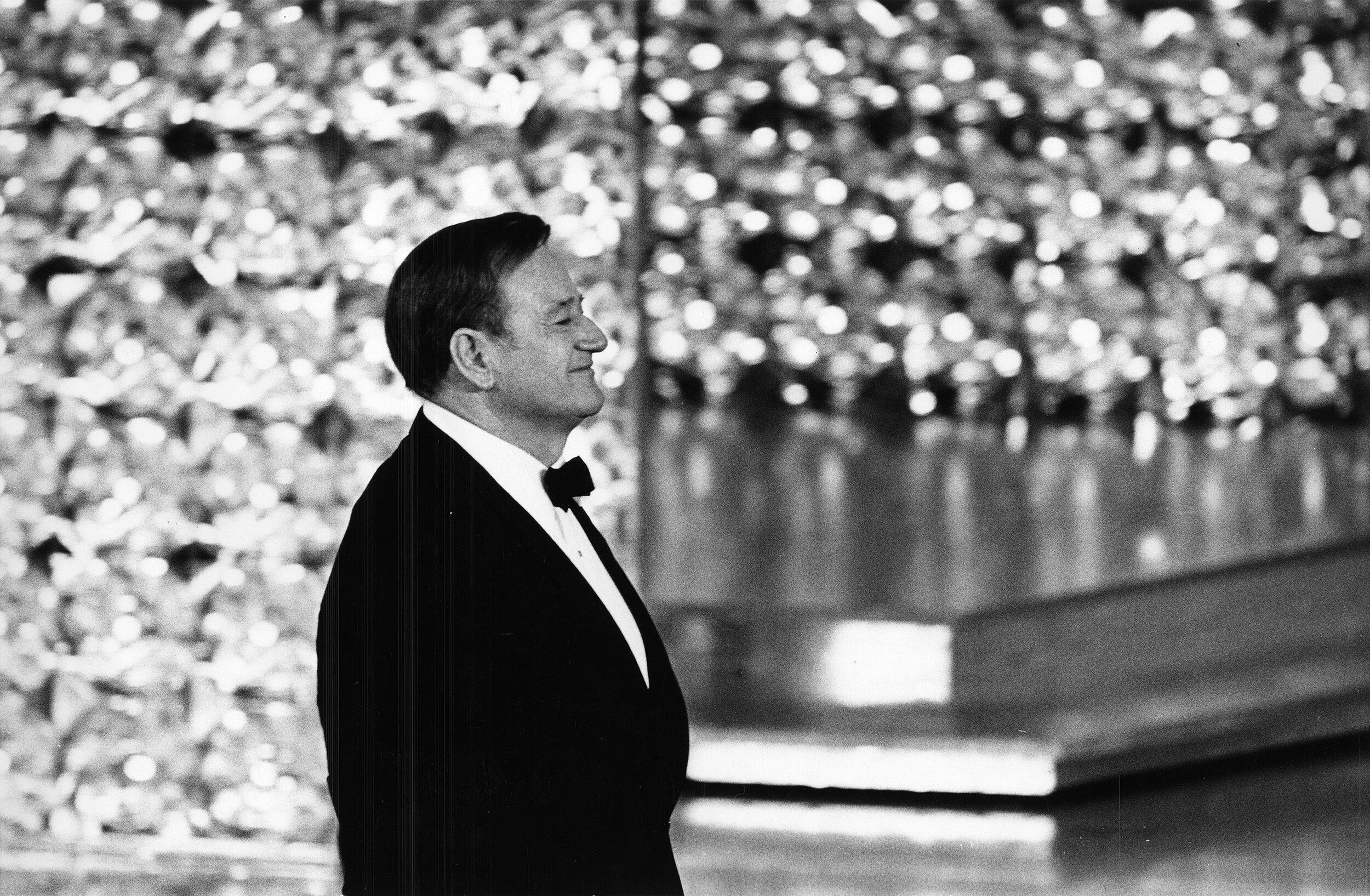
Delve into the art and magic of moviemaking at the sprawling new Academy Museum—and take a fresh look at one of John Wayne’s most notable films, The Searchers.
Written by Constance Dunn
The Wizard of Oz (1939) made history for its ground-breaking technical prowess, from Technicolor to special effects, plus the captivating story of Dorothy, Toto and the gang. It’s fitting, then, that the ultimate Hollywood classic will be screened not once but twice, accompanied by a live orchestra, on opening day of a fresh new Hollywood landmark. Opening September 30, 2021, along Museum Row in Los Angeles, The Academy Museum is wholly dedicated to moviemaking—and at a sprawling 300,000 square feet, is as culturally significant as it is extensive.
The Museum’s collection is a one-stop shop for motion picture history and its artifacts that includes approximately 8,000 items spanning movie technology and production. Objects include pre-cinema relics, like a woodblock print from Japan that, dating back to circa 1660, counts as the museum’s oldest piece. More recent artifacts include a showcase of Star Wars droids and a full-size shark model used to make Jaws (1975). Other cinematic arts—from costuming, makeup and hairstyling to promotional materials and awards—are center stage at the Museum.



Items on display include Dorothy’s ruby slippers, designed by famed costumer Adrian. Face masks of luminaries like Mel Brooks and Grace Kelly. A peach chiffon frock worn by Shirley Temple in The Little Colonel (1935). Visitors can peruse a collection of Oscar statues culled from the award’s nine decades and enjoy curated selections from a 13-million strong collection of photographs—including movie stills and behind the scenes looks at movie sets and stars—from the Margaret Herrick Library. Or attend one of over 100 film screenings, including a slate of Oscar-nominated horror films and the works of prolific Indian filmmaker Satyajit Ray, that are scheduled for the Museum’s inaugural season.
Given The Academy Museum’s focus on moviemaking, it makes sense there will be an exhibit spotlighting one of the most heralded works of American cinema, along with one of its brightest stars. Pivotal scenes from director John Ford’s gripping 1956 classic, The Searchers, starring John Wayne as Civil War veteran Ethan Edwards, will be displayed. It’s an apt film to showcase, given that Ford and Wayne were close friends and frequent collaborators, working together on over 20 films, including Wayne’s first speaking role in 1929’s Salute.
Coincidentally, this was also the first year the Academy Awards were held. (Wayne, who was nominated for three Academy awards throughout his 50-year career, would finally win an Oscar in 1970 for True Grit.) The 1929 Academy Awards, however, was a low-key affair held at the Hollywood Roosevelt Hotel, attended by roughly 270 people who came to pay homage to the fledgling creative industry. Nearly 100 years later, the grandness of The Academy Museum, and the eager anticipation of its opening in Hollywood and beyond, bears testament to the evolution of movies during the past century, along with their power and forever lure. The popularity of John Wayne so many years after his death is proof of that.

Photographs courtesy of The Academy Museum (except where noted)


